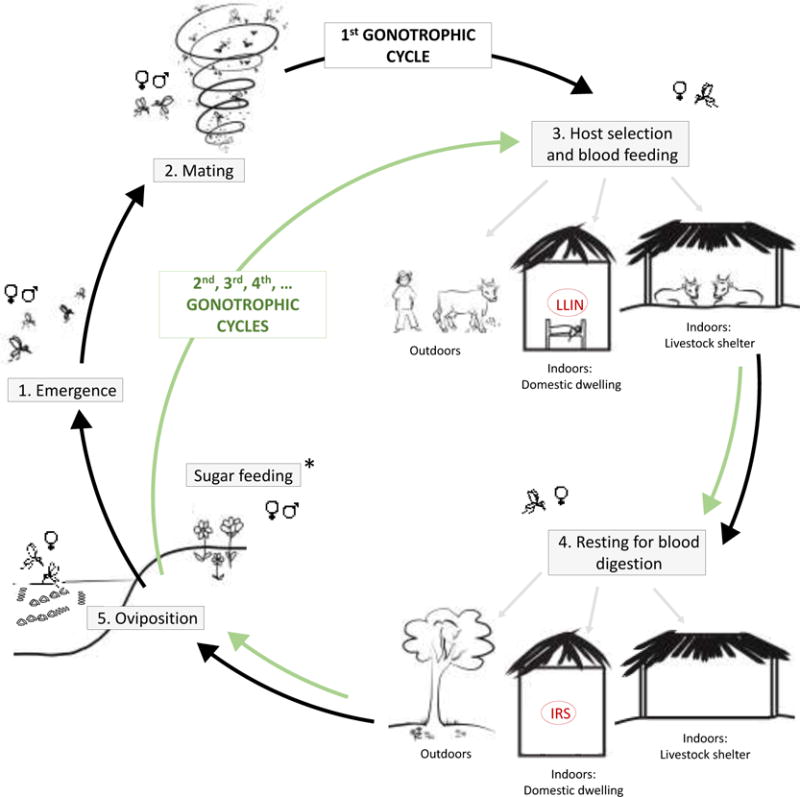Figure 2. Diverse behaviors and activities of adult malaria mosquitoes as they progress from emergence through to egg laying over one or more gonotrophic cycles.

Adult mosquitoes emerge from aquatic habitats (1) and mate within a few days (2), potentially taking a sugar meal for energy (*). Male mosquitoes then tend to die quite quickly, while females go in search of a blood meal (3). Blood feeding could be on a diversity of hosts, either indoors or outdoors. After blood feeding the mosquitoes will tend to rest for 2–4 days while they digest the blood to produce eggs (4). Resting can occur in a range of indoor or outdoor environments. Once the eggs are fully developed the mosquitoes then search for a suitable oviposition site (5), potentially taking another sugar meal (*) to boost energy reserves for flight. Once a suitable aquatic habitat is located and the eggs are laid, female mosquitoes can repeat the blood feeding and egg production process over subsequent days to complete multiple gonotrophic cycles.
Current core vector control tools (Long-lasting insecticidal nets (LLINs) and indoor residual spraying (IRS)) target female mosquitoes at just two points in the adult life cycle within domestic dwellings only.
